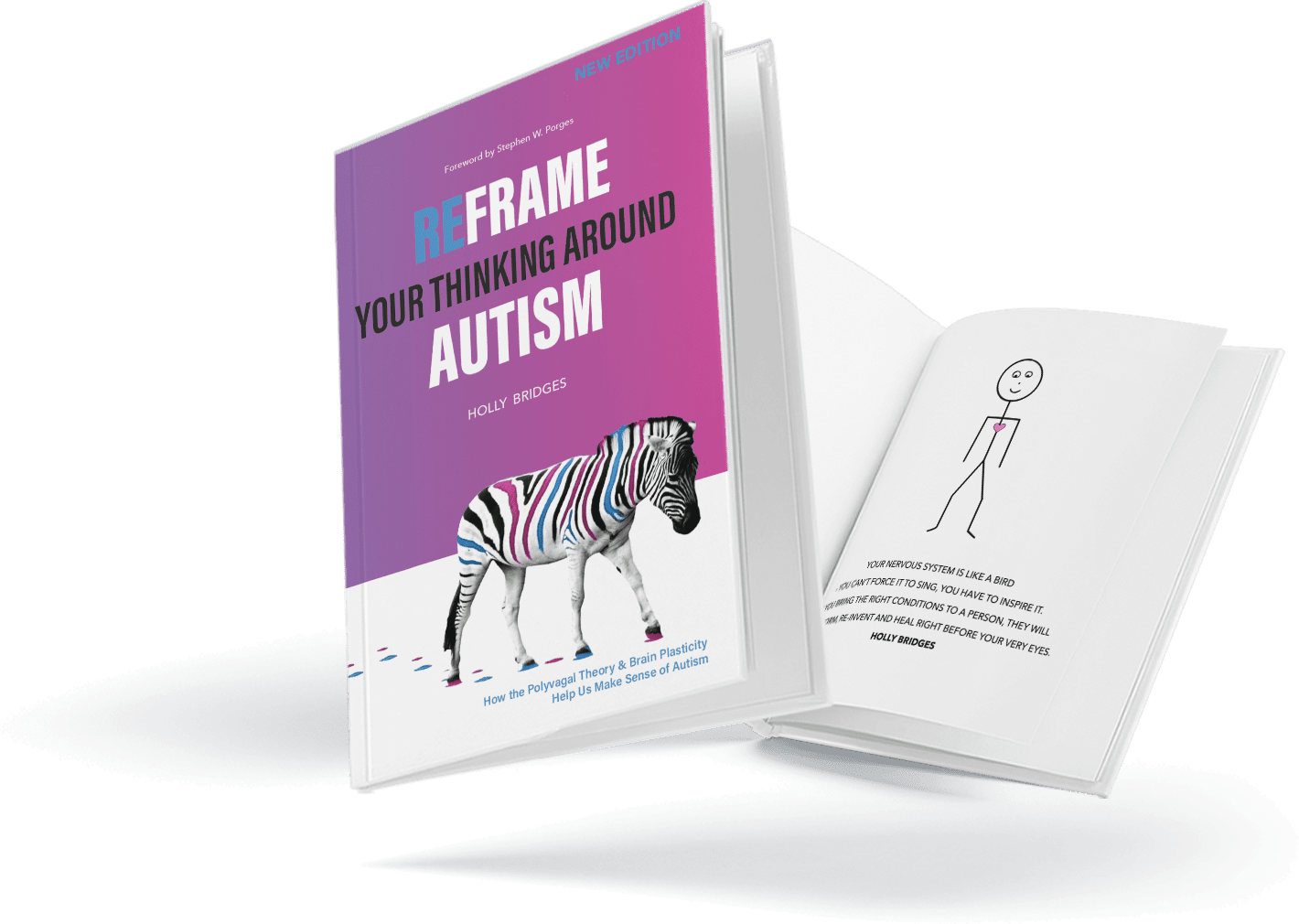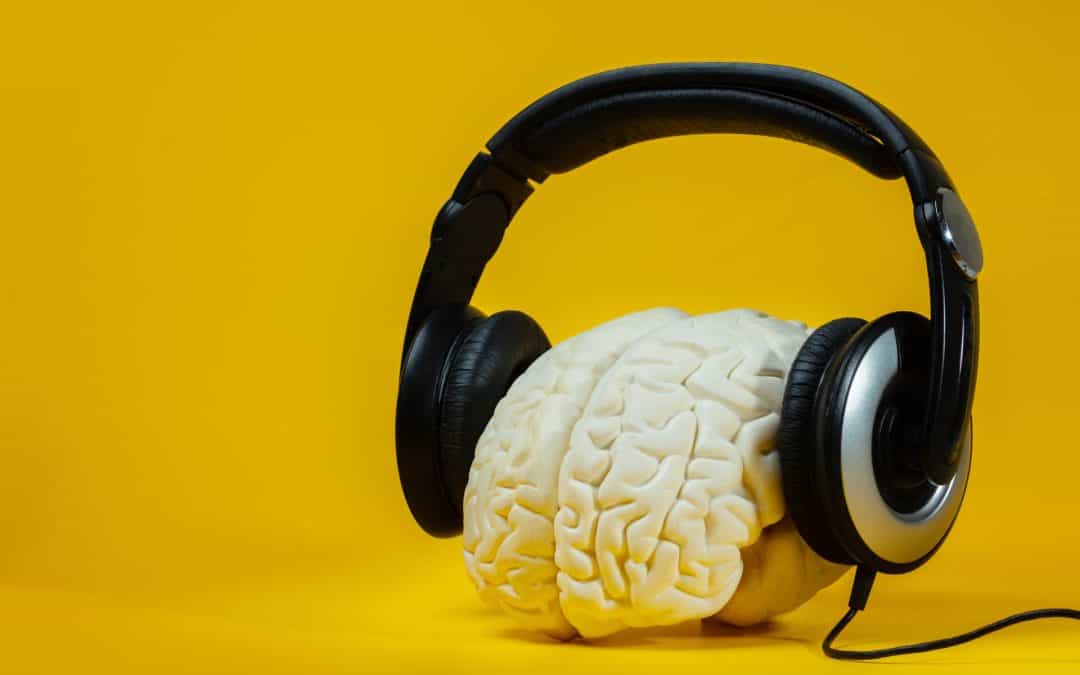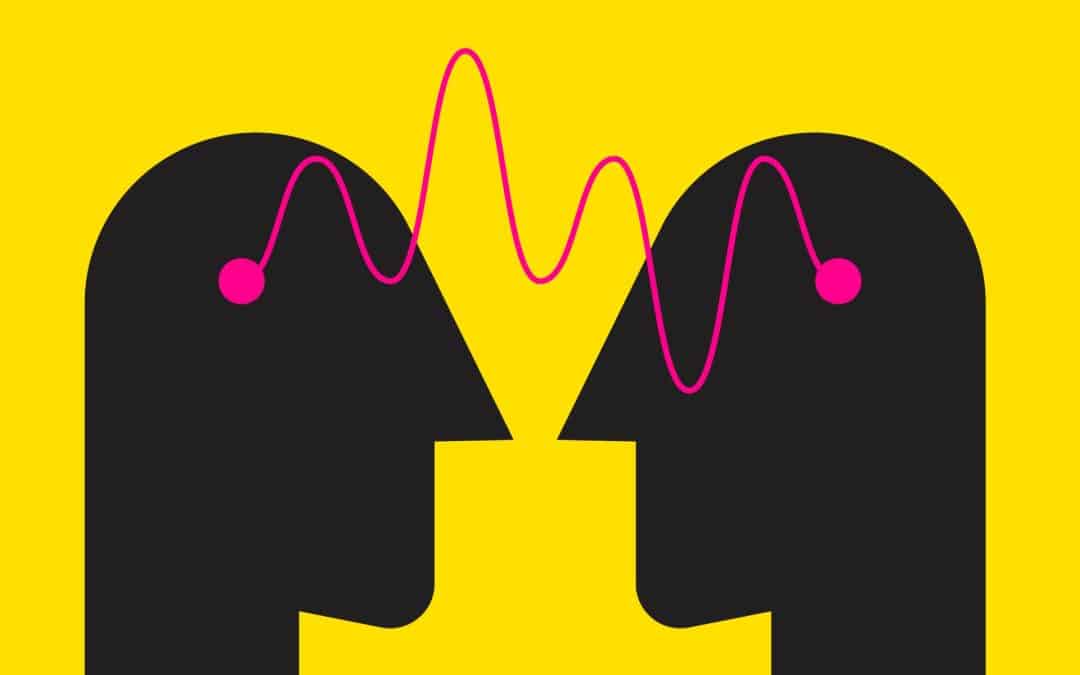This quote is from an article by an adult autistic talking about her experiences with CBT (Cognitive Behavioural Therapy).
“And yet it has remained, alongside its sibling “mindfulness,” as one of the more harmful tools offered, like giving me a hammer and asking me to hit myself with it over and over again and calling it help. Because that is precisely the direction it goes, asking me to turn against myself again and again, assuming that my own thoughts are incorrect and faulty and just need to be brought into correct alignment. What a terrible offense to my own self worth and integrity.”
Isabel Abbott
It speaks to the growing discontent of so many autistics with the therapies offered to them. So often our therapies are jarring for people on the spectrum. They, and sometimes the therapists themselves, do not know how to attend to the autistic.
Our present therapies require interoceptive skills of knowing how you feel. They have a neurotypical framework of assessment and a neurotypical conception of what constitutes a healthy human psyche.
They very often have little idea of the physical inertia and pain that people with autism live with and so concentrate on methods that try and get people to ‘think’ themselves well. All of these things can alienate autistic people and leave them feeling even more disenfranchised, and feeling like they have failed.
But really who has failed?
The therapies have failed. Based on outdated models they fail to take into account so many premises that neurodivergents explicitly understand. They fail to understand the language and the nuance associated with a divergent way of being in the world, one that is complex, beautiful and whole on its own terms. It is one that is rich in symbolism and meaning and one that is craving room for unique acceptance and expression.
Autistics are now asking for new modes of therapy that are in line with their sensibilities. So many therapies come as a fix it model, as a one size fits all, as if ‘if you just fix your faulty thinking’, or just unlearn your unhelpful behaviour; or just learn to cope with your problems – then all will be well and you can carry on.
But they can’t just carry on. Autistics are often debilitated by an ableist society. They are often debilitated by inertia and executive deficits that make knowing who you are and knowing how you feel (let alone making decisions and putting things into action) really difficult. So telling people to ‘buck up’ and ‘if you could just get your head around it’, doesn’t work.
They don’t work, and nor do platitudes and paying unhelpful lip service to neurodivergence.
What we need is a revolution in our approach to autism. We need a therapy model that has a strong neurodivergent framework and a capacity to attend to the physical ailments that come alongside autism.
This is why I created Anxiety Reframe Technique. A.R.T. is a radically different therapy that doesn’t seek to fix, or dig into your problems with a cookie cutter solution. A.R.T. works to get you more aligned, to feeling more like yourself. It gets you feeling more robust and able to be more flexible and to express yourself authentically. It teaches you tools and skills that allow you to bring yourself into alignment – rather than always relying on others (who know better than you). A.R.T. was created by a neurodivergent mind.
This is a statement from an adult client. It shows very clearly that for her, A.R.T. ticks all the boxes.
“It was the viable way I’d been seeking. After the second day of the Intensive, I noticed that something inside me had rad-ically shifted:
I had a nap on the sofa in my doorless family room while there were workmen in my house. Historically, not even being alone in a locked room sufficed for me to feel calm and secure enough to rest while workmen were in my personal space, and there had been a lot of work-men in my house over the years.
After the third day, I had a serious conversation with a family member that was more meaningful and engaging than I’d had with that person in a long time, I stood up for myself, spoke with compassion for them, and did not implode or quickly buckle under pressure as per decades of precedent.
After the fourth day, I realized what had happened: that I had unlocked a key component of my ability to advocate for myself respectfully however distressed I felt. After the fifth and final day, I was seeing so differently that I made an appointment with my eye doctor, who prescribed new glasses and visual therapies.
Holly’s technique offers me a way to harmonize body, mind, and spirit on demand that works for me, in a way that is natural and nourishing for me. It’s play. As I do her exercises, I finally sense and respond effectively to my body telling me how long to spend in any one activity, how many times to do them, how to sequence them, like how I can sense my body telling me it’s thirsty or ready to get up. It’s fun. Her technique does not force my body to do things it doesn’t want to do or force my mind to do things it doesn’t want to do, like override every plea from my body that it’s nearing or past its limits.
It’s joy. Her technique is so simple that I can focus on feeling the moment and adjusting as my body needs, so empowering that even I with my demonstrably poor working memory can remember what to do, so nourishing every time that I want to do it again. Often. Plus, I keep gaining insights and making spiritual breakthroughs while doing Holly’s exercises and I keep finding better flow after doing the exercises, so it’s become my meditation form of choice and a valuable addition to my daily religious devotions.
It’s amazing. I feel more me. I feel more saturated and potent, like I was previously washed-out and nebulous. I experience things as more vivid and engaging. The way I speak to others is more powerful, more personal, more genuine, more resonant, more compelling. It’s like I’ve regained the open-ness and wholeness I had as a child, and it’s so better than when I was a child because I also have an adult’s discernment and wisdom.
I wasn’t broken, I was misconfigured; my hard-ware had the wrong drivers and firmware, so my operating system couldn’t use it effectively. It’s like the Intensive was a critical platform update and the exercises are the development kit so I can update myself.”
K. Davey, USA
This work is profound in its simplicity. It is easy to teach, but it requires a paradigm shift and a challenge to your preconceptions. It can be life-changing and life-bringing and sometimes, life- saving.
To learn more about this way of working please join me for my online course that includes regular live calls to support you in your A.R.T. journey
Start the New Year with something new!





